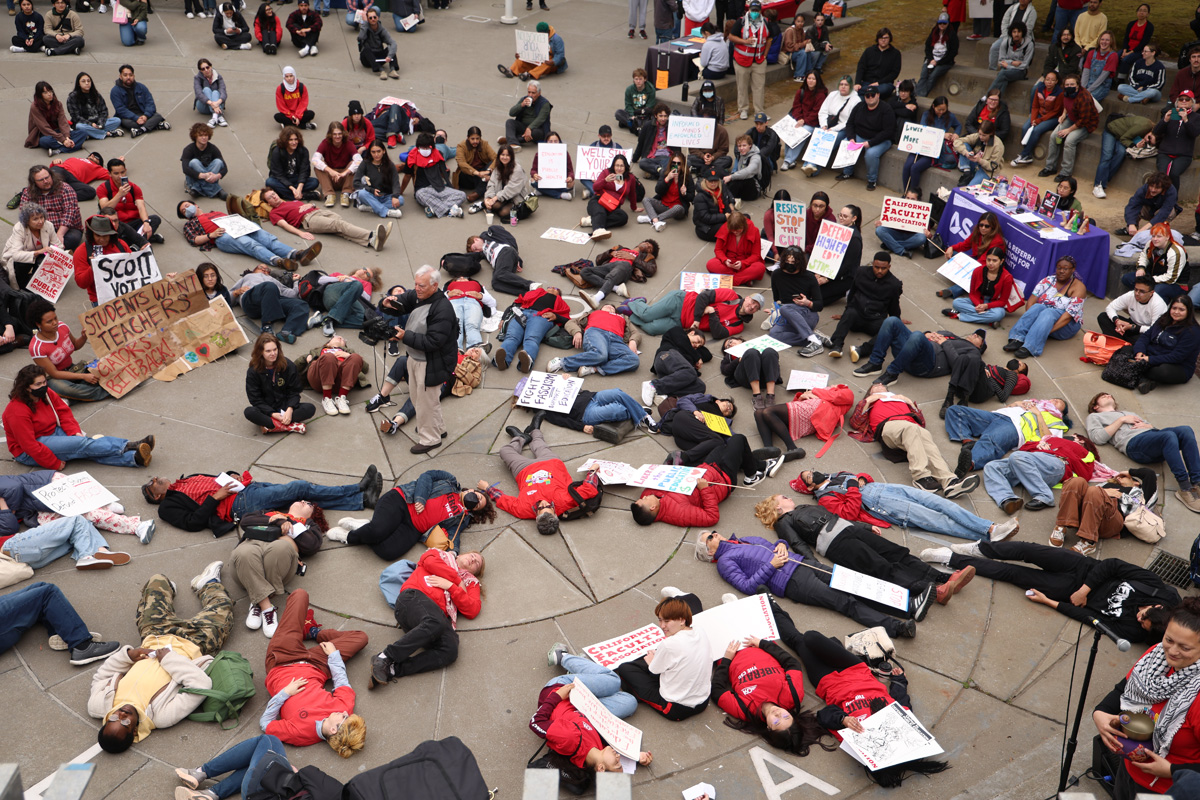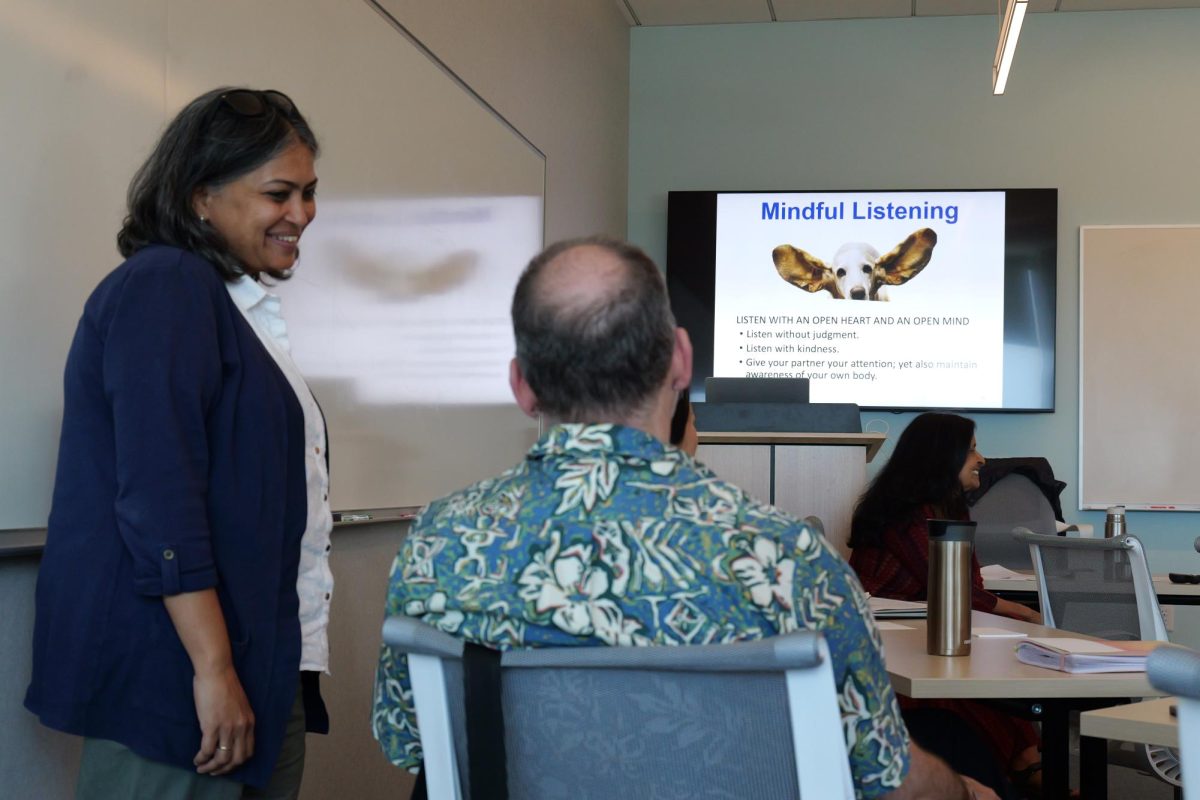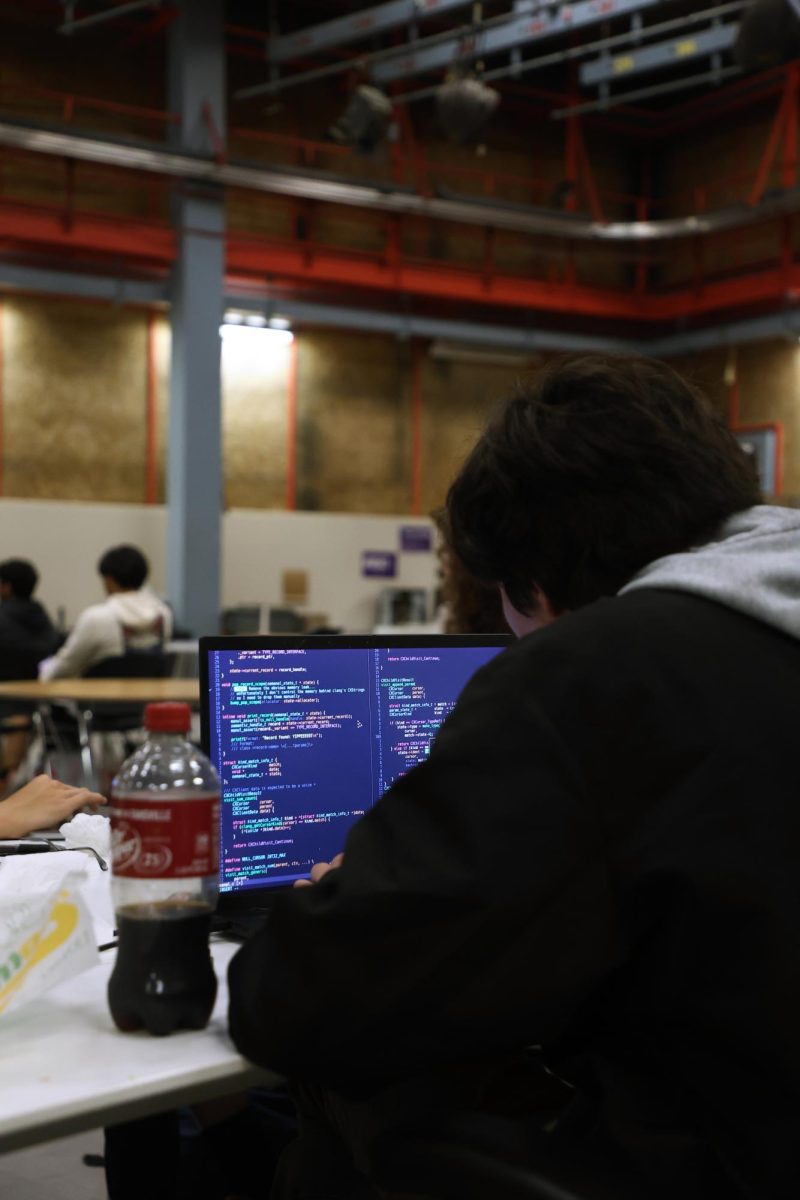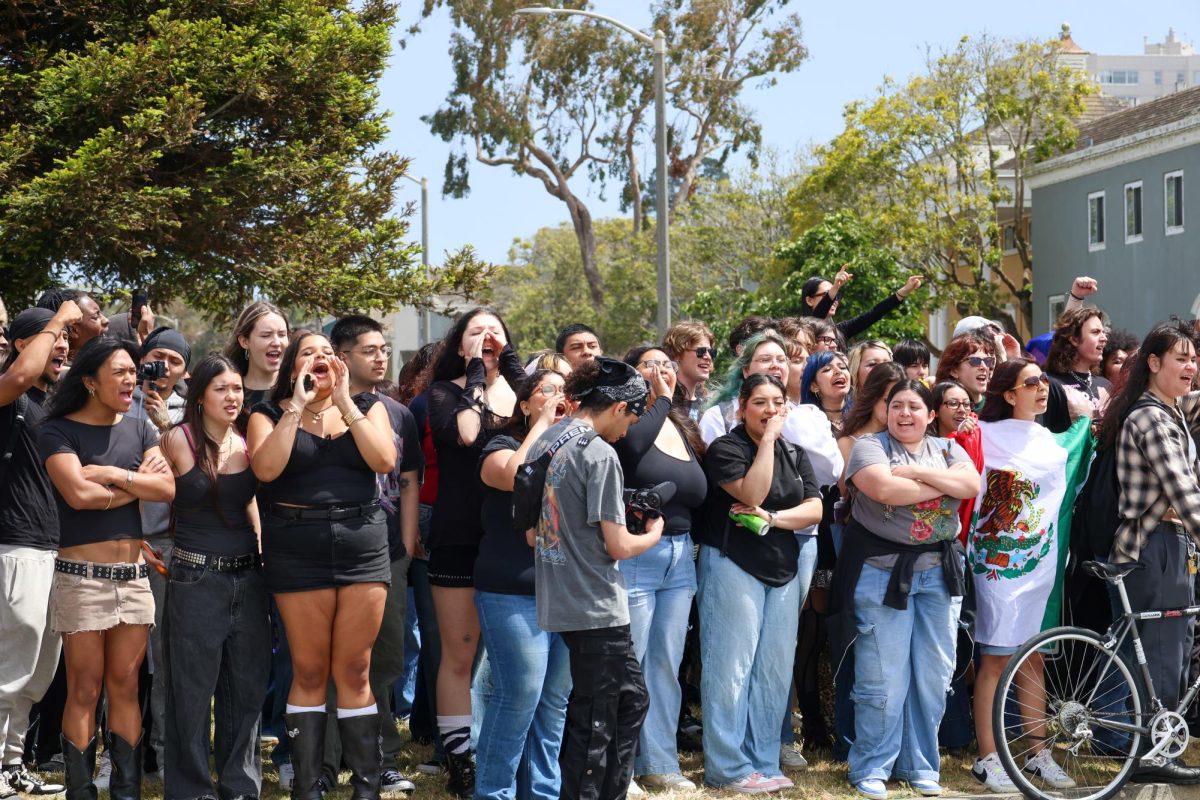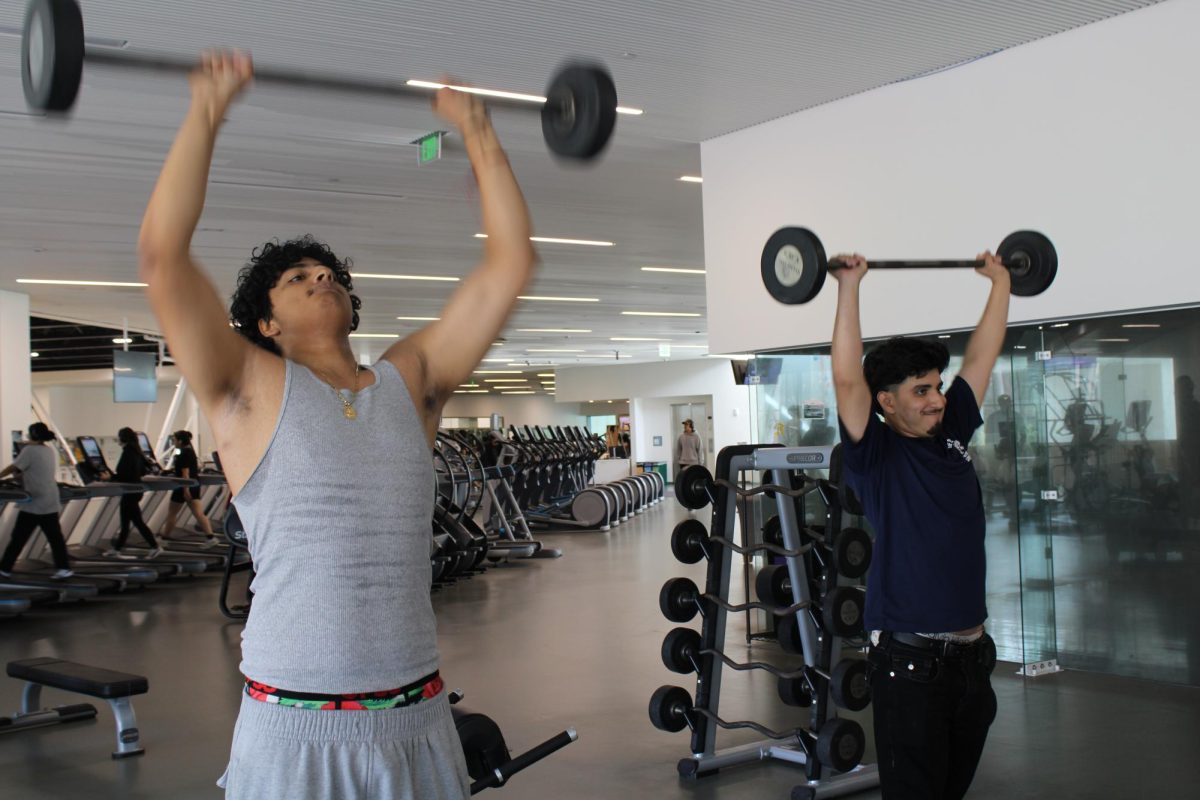Colleges nationwide are grappling with significant budget cuts at state and federal levels. These financial shortfalls could impact the quality of education and deter prospective students from enrolling. SF State is no exception to these trends. In fact, the university and other institutions within the California State University (CSU) system are experiencing these challenges firsthand.
“If the state cuts our budget by 8%…7.95%, as predicted,” SF State President Lynn Mahoney explained, “there will be a consequence and the CSUs will become less attractive to students. Not just San Francisco State, but them all.” (The CSU is made up of 23 universities, including SF State.)
Mahoney emphasized that enrollment is shrinking, and students and faculty must adapt to the school becoming a smaller campus. Mahoney additionally cited the “dramatic change in demographics in California” as one reason for the decline of students enrolled in higher education.
“We used to have more students than we could possibly educate,” Mahoney said. “And now we are all competing for the same students, which is why we’re shrinking.”
According to a statement from the Office of the President, SF State is enacting budget cuts that will reshape the campus for faculty and students alike. Mahoney said the university’s objective is not to have a large number of differing majors, but rather have students in majors with “healthy enrollments.” The faculty-driven Institutional Review Committee is assessing majors with very few student enrollments, with the goal of combining and integrating programs. The university also plans on cutting three athletic programs: baseball, men’s soccer, women’s indoor track and field, to save up to $1 million annually.
Gavin Newsom’s budget cuts, to be announced in June, could impact students’ ability to graduate through canceled classes and layoffs. The state is expected to cut CSU funding by nearly 8%, or $375 million, according to the Office of the Chancellor. SF State has already been struggling to manage its budget and keep enrollment from plummeting further. According to Mahoney, the school is trying to be strategic in its cuts.
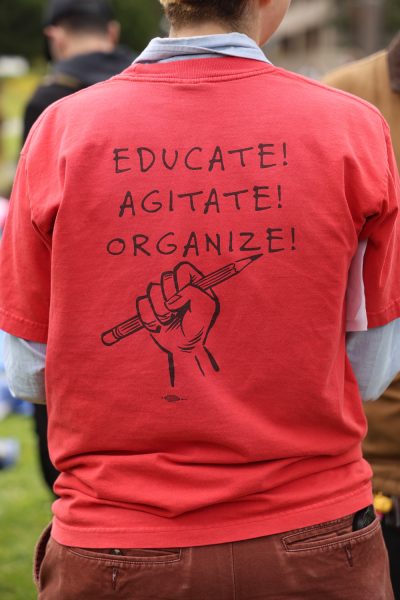
“We are trying to reduce the budget in areas that impact the least students,” Mahoney said. Consider, for instance, athletics. When it comes to what the budget should be focused on, Mahoney said sports didn’t seem like a necessity to draw students to SF State.
“In no survey that we have ever done,” Mahoney said, “have students indicated that they come to San Francisco State because of NCAA athletics, except for the athletes themselves.”
Referring to surveys done by students in the past, Mahoney said that the campus’ club programs are bigger factors in driving people to the school.
She said students regularly cite that they come to SF State for its reputation for diversity and equity and “our Black Unity Center, our Latinx Center, our myriad clubs and organizations.”
Mahoney said that administrators are not the issue and should not be to blame for what is happening with the budget. She suggested that it is a misconception that the administration hasn’t been affected by the budget cuts.
“People talk about the administrative blow — ‘there are too many administrators on campus,’” Mahoney said. “I think about 8% of our employees are administrators, and they are not all big executives like me. Some of them make less than the faculty do.”
One possible area for savings is SF State’s partnering with neighboring CSUs, Sonoma State and Cal State East Bay, to create one administrative structure, which could save all of the campuses millions, according to President Mahoney.
With the loss of academic programs and sports teams and the expectation of overcrowded classrooms, students and faculty are reacting to the changes. When accounting major Anna Yu submitted her final exam for her psychology class last semester, she was frustrated to learn that her instructor had been laid off.
“I had a psychology class,” Yu explained, “and we had a final, but I got an email saying that the teacher wasn’t there anymore. I had to submit my final again to a different teacher instead, and it kind of messed up my grade a little, because I had to turn it in a few days late, and I wasn’t sure if they had gotten my essay.”
First-year theatre arts and cinema major, Tianna Oliver, originally wasn’t going to attend college until she learned about SF State’s cinema and theater department. Arriving with high expectations, she quickly became disappointed seeing how the program was being handled.
“I feel like people always talk about the theatre department,” Oliver said, “before and in recent years it used to be so much bigger… They’re cutting stuff and they’re combining classes, but if it’s not related it doesn’t make sense and you’re not getting the full education.”
Some students are not concerned and they do not see the cuts and changes stemming from them as stifling. Grace Gutierrez, a criminal justice major, doesn’t see the budget cuts as a cause for concern.
“I don’t know if it will affect my major specifically, only because I’ve heard that criminal justice is pretty common at SF State,” Gutierrez said, “but it does make me a little worried, too. Because anything can happen.”
President Mahoney additionally noted the effects of the federal funding cuts on the research conducted at SF State, specifically in science and engineering.
“Sadly, the thing we’ve most relied on for research is external funding, grant funding, and the federal government right now is wreaking havoc with that,” Mahoney said. “The College of Science and Engineering has been spectacularly successful under previous federal administrations. I don’t know how we’re going to succeed over the next three and a half years…State budget [is] at a low point and then, in a really unique moment, you’re here when the federal government is attacking higher education.”



